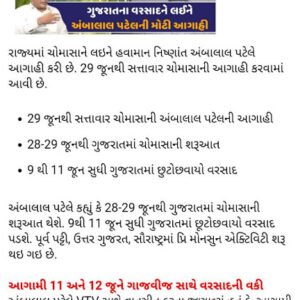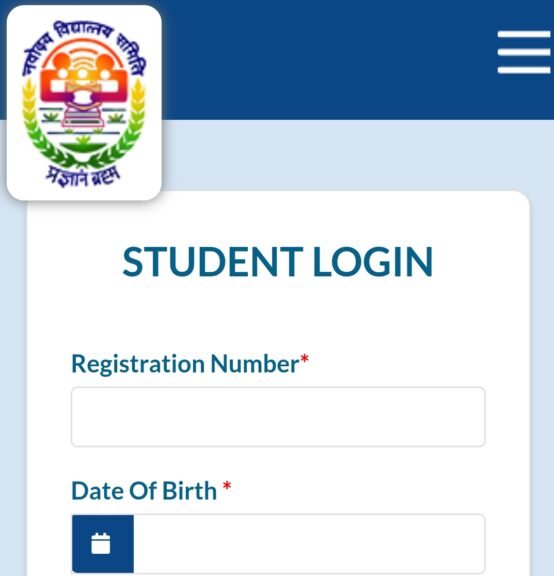A complete understanding of diabetes and its treatment
What diet should a diabetic patient follow?
Diet for patients with diabetes
The importance of exercise in diabetes
What is diabetes?
The full name of diabetes which we know as diabetes is ‘diabetes mellitus’. Salt (salt like honey) Sweet urine like honey means diabetes mellitus aka ‘diabetes mellitus’. From now on, for the sake of simplicity, the disease is referred to only as diabetes. In a diabetic patient, there is a deficiency of endocrine insulin, which regulates glucose in the body. The main function of insulin is to carry glucose molecules from the blood into the patient’s cells. Due to the lack of insulin, glucose molecules cannot reach the patient’s cells from the blood. As a result, even though the body has plenty of glucose, the body’s cells cannot use it. The condition of the body becomes like a state full of disorder and chaos in which people die of starvation despite the abundance of food. Even though there is plenty of glucose in the body, the cells of a diabetic patient suffer from lack of glucose. As blood glucose levels rise (more than 120 mg / dL), excess blood glucose begins to be excreted in the urine. This important component of nourishing the body is thus wasted and the patient’s condition worsens. He feels very hungry, thirsty and urinates a lot; And in the long run, damage to the eyes, heart, kidneys, nerves, etc. can lead to many complications.
Healthy man’s blood – what is the normal sugar in the urine?
First of all, let’s understand what “sugar” means. “Sugar” can mean “sugar” in Gujarati or “sugar” in Sanskrit. Usually when it comes to “sugar” in the blood or urine, it is considered to be glucose. Glucose is an important fuel that energizes the body’s cells. Our diet consists of three main components of energy – carbohydrates; Protein and fat. The carbohydrates that make up the largest of these three are found in many different forms of food. Cereals, lentils, potatoes, sweet potatoes, tubers, fruits, vegetables, etc. have a very large share of carbohydrates. When carbohydrates are ingested in different forms, most of the food is eventually converted into glucose after digestion. If you have not eaten during the night, the next morning on an empty stomach you will find about 8 to 115 mg of glucose per 100 ml of blood in a healthy person.
After a meal, the digested glucose is absorbed into the bloodstream within two to three hours. Blood glucose levels rise dramatically during a period of about half an hour to two hours after a daily meal There should be no sugar
Eat a variety of foods
Instead of eating the same foods every day, eat a variety of foods. Instead of the same type of cereal-bean-vegetable or fruit, choose different types of cereal-bean-vegetable or fruit on a daily basis so that different tastes can be enjoyed and the ingredients in one type of food can be compensated by another food. If you get more potassium in some fruits, you will get more vitamins in others.

मै सरकारी एम्प्लोई हु और सरकारी भर्तिया और योजना के बारेमे अच्छी नोलेज रखता हु। मेरे लेख से आप नवीनतम सरकारी नौकरियों, सरकारी योजनाओं और लाभकारी सूचनाओं के बारे में विश्वसनीय और अद्यतन जानकारी प्राप्त कर सकते हैं। मेरा उद्देश्य भारतीय नागरिकों को रोजगार और विकास के अवसरों के बारे में अधिक जागरूक बनाना और इसके लिए प्रक्रियाओं को सुविधाजनक बनाना है।





